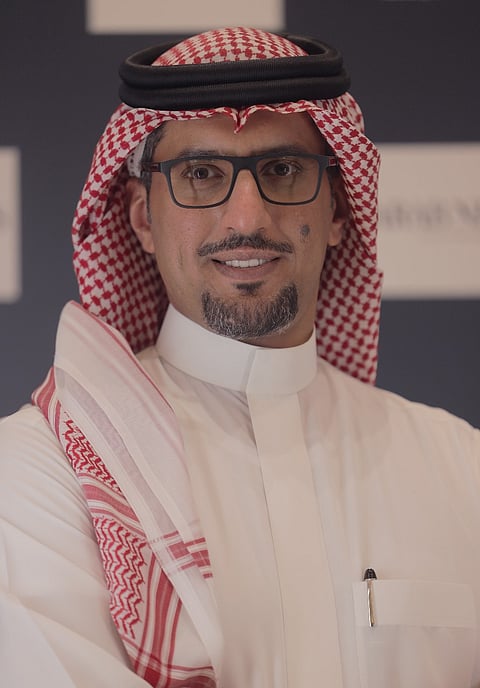

Mohammed Alhajjaj, CEO at ENGIE KSA, said that countries in the Middle East are advancing energy diversification efforts by accelerating the development of renewable energy sources. Saudi Arabia, in particular, has distinct geographical and climatic conditions that make employing renewables at scale economically attractive, supporting efforts to diversify its energy mix.
The Kingdom of Saudi Arabia plans to build one of the world’s biggest green hydrogen facilities, which will be powered by over 4 gigawatts of solar and wind energy and aim to be operational by 2026. NEOM, the upcoming giga-project in Saudi Arabia, is set to be fully powered by renewable energy, and the colossal plant within the NEOM development is designed to produce 600 tons of green hydrogen each day. The Kingdom launched renewables Energy projects with a total capacity of around 15 GW up to now, including large wind farms in the tender stage now to be built at Yanbu, Wa’ad Al Shamal and Al-Ghat”, he noted.
“Green hydrogen could be a game-changer in the transition to alow-carbon economy, providing a sustainable and versatile energy source for multiple applications, including transport, power generation, and industry. The Saudi Net Zero 2060 strategy, emphasizing energy transition and championing green hydrogen, amplifies the Kingdom's drive towards sustainability. This strategy not only seeks optimal resource utilization and reduced greenhouse gas emissions but also paves the way for a robust circular economy. According to a recent report by the International Renewable Energy Agency (IRENA), hydrogen could make up to 12% of global energy use by 2050,” heexplained.
“While cost used to be a barrier to clean energy investments for utilities and organizations, several innovative financing options have emerged, transferring the burden of implementing these projects to Energy Development Companies (EDC) such as ENGIE,” Alhajjaj added.
“The Build-Own-Operate-Transfer (BOOT) model is one of the most popular financing frameworks for energy projects.Similarly, Cooling-as-a-Service (CAAS) stands out as a favored financing model for cooling networks. As the GCC anticipates a nearly threefold increase in cooling demand by 2030, CaaS presents a cutting-edge, efficient solution for air conditioning across urban buildings and campuses. Additionally, organizations can embrace the Utilities-as-a-Service model. This approach, which incorporates on-site renewable energy production, enables energy solution companies like ENGIE Solutions to handle the design, build, finance, and O&M, facilitating clients in achieving their decarbonization objectives,” he mentioned.
“Meanwhile, energy efficiency stands as a pivotal element in the energy transition journey. Experts suggest that its potential to reduce CO2 emissions is comparable to that of new renewable energy projects, ”Alhajjaj stated.
“Energy efficiency programs are especially suited for the building and construction sectors. These sectors account for over a third of the world’s global total energy consumption and nearly 40% of combined direct and indirect CO2 emissions, as highlighted by the International Energy Agency (IEA),” he commented.
“Retrofitting buildings with green solutions, alongside advancements in lighting and cooling systems, underscore the immense potential of innovative energy efficiency technologies. Indeed, technology plays a pivotal role in propelling the global energy transition forward,” he revealed.
“Digital O&M platforms, paired with smart building technology,allow for remote and proactive monitoring of operational efficiency, asset performance, and energy optimization across all client assets. ENGIE Solutions has deployed the Smart O&M platform as part of its digitalization strategy, allowing clients to seamlessly manage various assets, processes, and business segments,” he said.
As financial and technological solutions for the energy transition evolve, Middle East and North African countries, spearheaded by Saudi Arabia, are poised to prioritize energy diversification. This commitment not only underlines their essential role in powering the globe, but also in championing a greener future through their net zero ambitions,” Alhajjaj concluded.
